2025
News list
-
In Memoriam - Albert Schinzel
Prof. Dr. med. Albert Schinzel, Professor Emeritus of Medical Genetics
Passed away on 12 September 2025 at the age of 80.
-
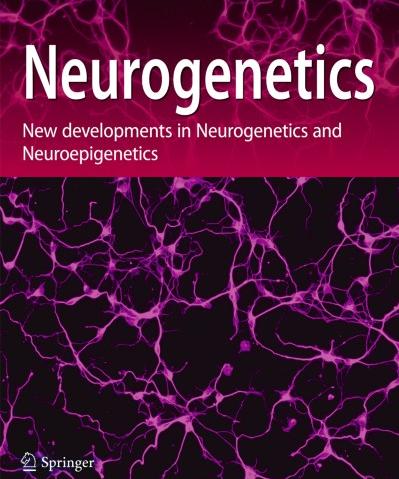
New KRIT1 Mutation in Familial Cerebral Cavernous Malformations: Whole-Genome Sequencing Provides the Answer
A recent brief publication in the journal Neurogenetics reports on a remarkable advance in the diagnosis of familial cerebral cavernomas (FCCM): a previously undiscovered structural variant in the KRIT1 gene, identified by whole genome sequencing (WGS), has opened up new perspectives.
-

AI Meets CRISPR for Precise Gene Editing
A research team headed by the University of Zurich has developed a powerful new method to precisely edit DNA by combining cutting-edge genetic engineering with artificial intelligence. This technique opens the door to more accurate modeling of human diseases and lays the groundwork for next-generation gene therapies.
-
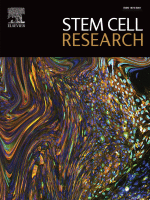
CRISPR/Cas9-mediated generation of two isogenic CEP290-mutated iPSC lines
CEP290 is an important human disease gene, as mutations are implicated in a broad spectrum of autosomal recessive ciliopathies, including Leber congenital amaurosis and Joubert, Meckel, Senior-LØken or Bardet Biedl syndromes.
-
.png)
Novel Genetic Variants and Clinical Profiles in Peters Anomaly Spectrum Disorders
Peters anomaly (PA) is a rare congenital disorder within the anterior segment dysgenesis (ASD) spectrum, characterized by corneal opacity, iridocorneal adhesions, and potential systemic involvement. The genetic basis of PA and related syndromes are complex and incompletely understood.
-
.jpg)
Loss of function of the zinc finger homeobox 4 gene, ZFHX4, underlies a neurodevelopmental disorder.
8q21.11 microdeletions involving ZFHX4 have previously been associated with a syndromic form of intellectual disability, hypotonia, unstable gait, and hearing loss. We report on 63 individuals-57 probands and 6 affected family members-with protein-truncating variants (n = 41), (micro)deletions (n = 21), or an inversion (n = 1) affecting ZFHX4.
-

SwissITHACA specialist and public event
The SwissITHACA network invites you to a specialist and public event on the topic of "Failure to thrive and nutritional disorders in rare syndromes: Recognising and treating ’. Leading experts will give presentations on various aspects of this problem, focussing on diagnosis and treatment options.
-

Easter Special Opening Times
The institute is closed from Maundy Thursday, 17th of April, 16:00, until Easter Monday, 21st of April.
Please note that we will accept deliveries of samples until 17:00.
We will be back as usual on Tuesday 22nd of April!Happy Easter!
-

Differences in neuronal ciliation rate and ciliary content revealed by systematic imaging-based analysis of hiPSC-derived models across protocols
Ciliopathies are a group of human Mendelian disorders caused by dysfunction of primary cilia, small quasi-ubiquitous sensory organelles. Patients suffering from ciliopathies often display prominent neurodevelopmental phenotypes, underscoring the importance of primary cilia during development and for function of the central nervous system (CNS).
-

Opening times during SSMG Annual Meeting
Our Genetic Consultations will be closed on Thursday 10th and Friday 11th of April due to the SGMG Annual Meeting. Our Genetics Diagnostic Laboratory and Administration Office remain open.
This important meeting will be hosted by Prof. Anita Rauch and Prof. Ruxandra Bachmann-Gagescu from our institute and takes place at University Hospital (USZ) here in Zurich.
-

Transfer of the Institute of Medical Molecular Genetics
With the retirement of Professor Wolfgang Berger on January 31, 2025, the Institute of Medical Molecular Genetics has been dissolved as such, and its functions have been integrated into the Institute of Medical Genetics.
-
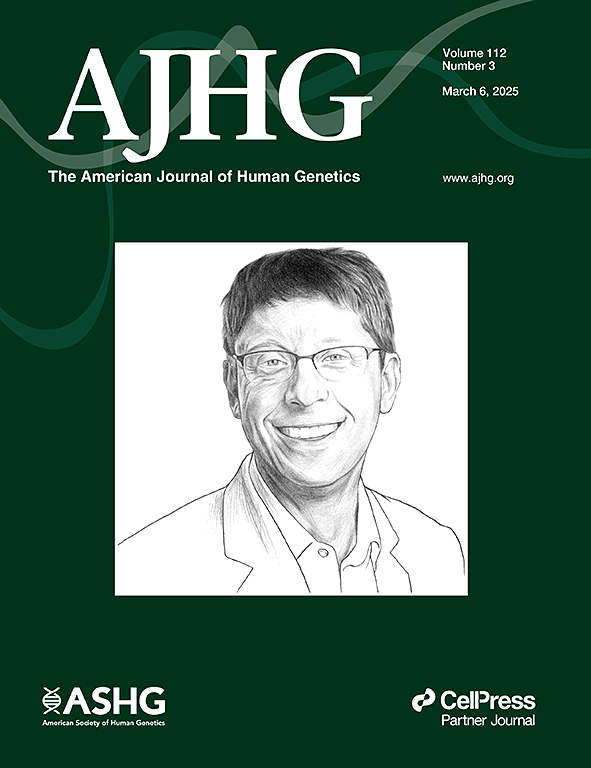.jpg)
Consensus guidelines for assessing eligibility of pathogenic DNA variants for antisense oligonucleotide treatments
Of the around 7,000 known rare diseases worldwide, disease-modifying treatments are available for fewer than 5%, leaving millions of individuals without specialized therapeutic strategies.
-
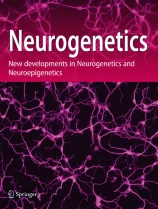
Axonal motor polyneuropathy in a 13 years old Girl with a de Novo variant in ADNP
ADNP-Related Disorder [previously known as Helsmoortel-Van der Aa syndrome (HVDAS)] is a rare genetic condition resulting from mutations in the activity-dependent neuroprotector homeobox (ADNP) gene.
-

ARID2-related disorder: further delineation of the clinical phenotype of 27 novel individuals and description of an epigenetic signature
Rare genetic variants in ARID2 are responsible for a recently described neurodevelopmental condition called ARID2-related disorder (ARID2-RD). ARID2 belongs to PBAF, a unit of the SWI/SNF complex, which is a chromatin remodeling complex. This work aims to further delineate the phenotypic spectrum of ARID2-RD, providing clinicians with additional data for better care and aid in the future diagnosis of this condition.
-
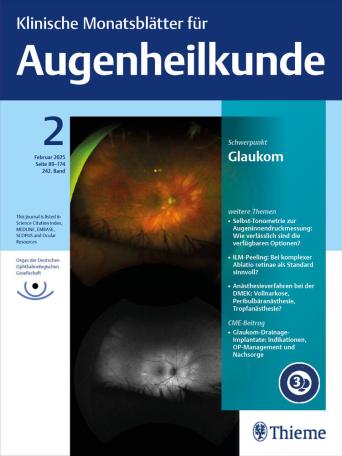
19-Year Follow-up on Patients with Axenfeld-Rieger Anomaly or Syndrome and Fuchsʼ Endothelial Dystrophy Including the 6th Generation in a Pedigree
Nineteen-year follow-up after initial examination on patients with Axenfeld-Rieger anomaly or syndrome (ARAS) and coexisting Fuchsʼ endothelial dystrophy (FED). All individuals had previously been tested positive for the PITX2 (g.20 913 G>T) mutation. Additionally, we addressed their descendants for phenotype and genotype examination to determine their penetrance into the next generations.
-

Combined genomics and proteomics unveils elusive variants and vast aetiologic heterogeneity in dystonia.
Dystonia is a rare-disease trait for which large-scale genomic investigations are still underrepresented. Genetic heterogeneity among patients with unexplained dystonia warrants interrogation of entire genome sequences, but this has not yet been systematically evaluated.
- In Memoriam - Albert Schinzel
- Ganzgenom-Sequenzierung enthüllt bislang unbekannte Mutation im KRIT1-Gen
- AI Meets CRISPR for Precise Gene Editing
- CRISPR/Cas9-mediated generation of two isogenic CEP290-mutated iPSC lines
- Novel Genetic Variants and Clinical Profiles in Peters Anomaly Spectrum Disorders